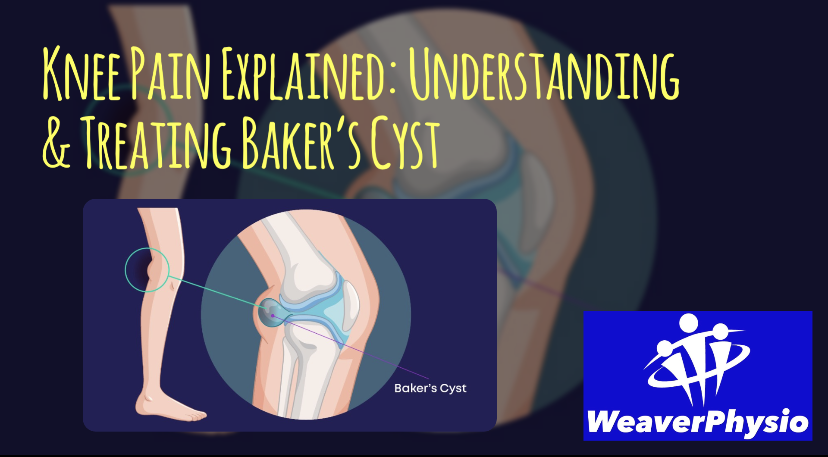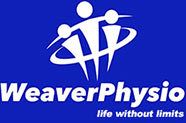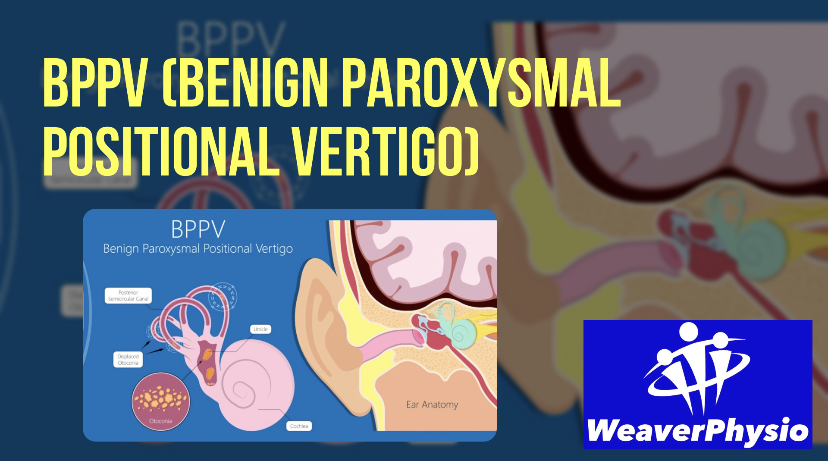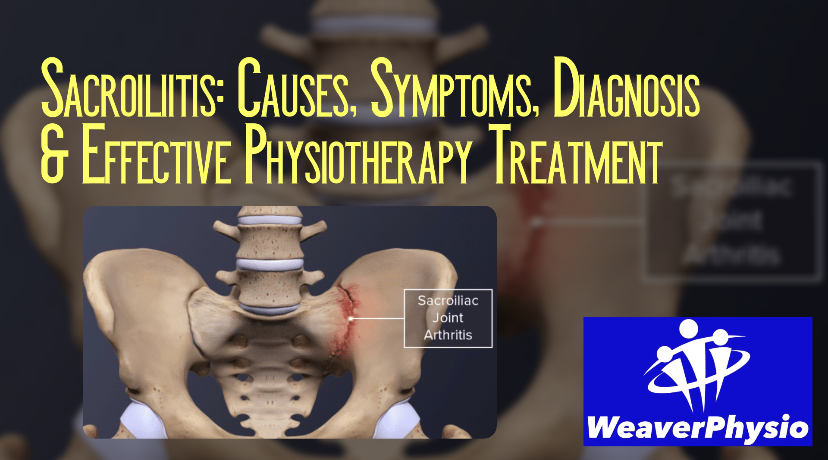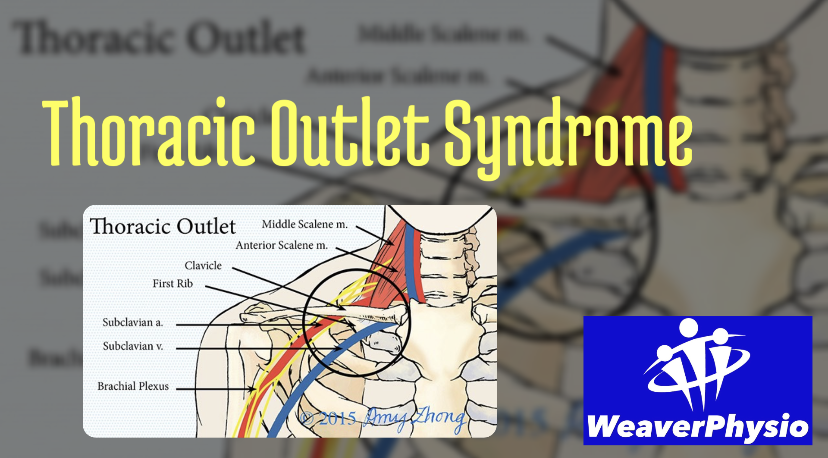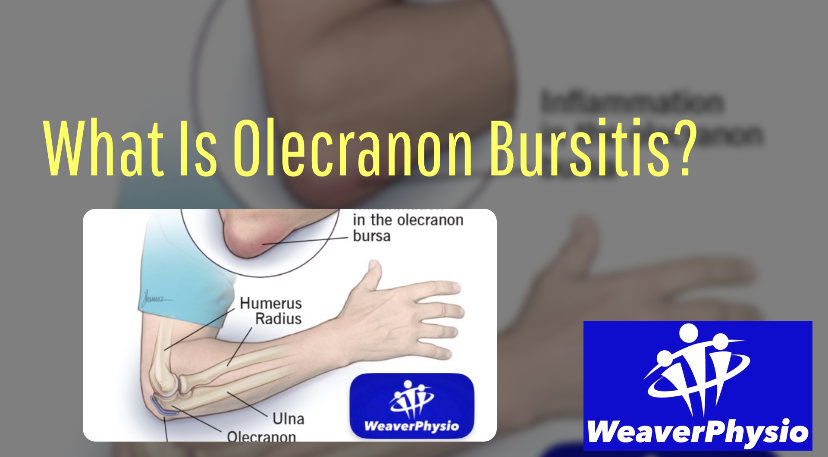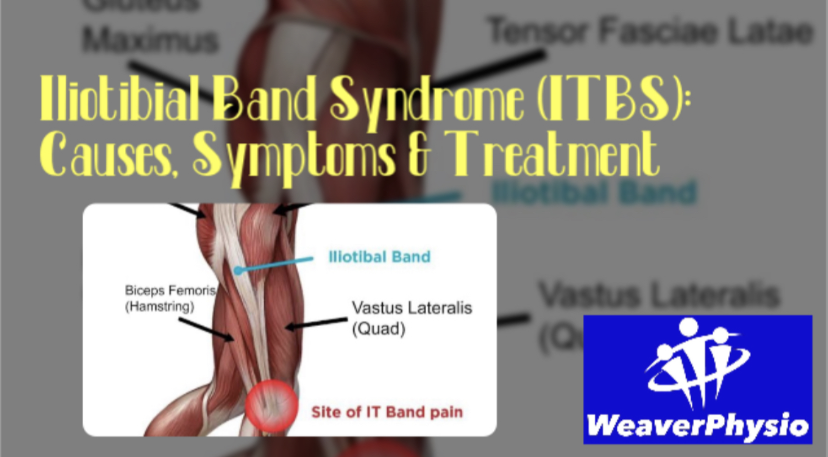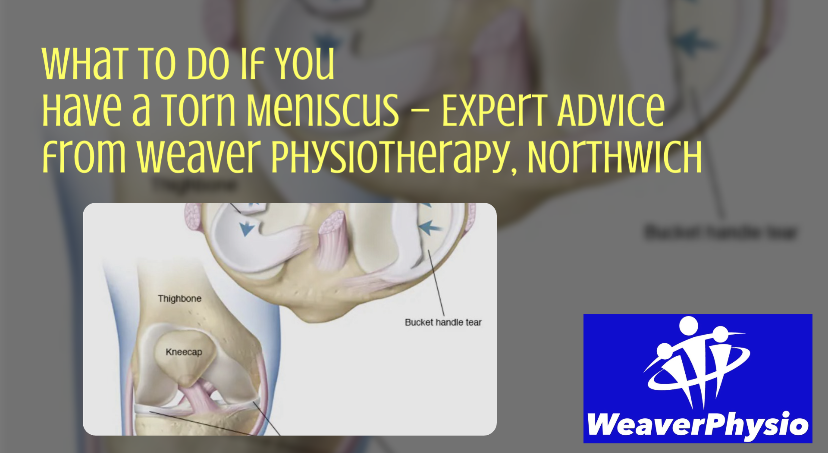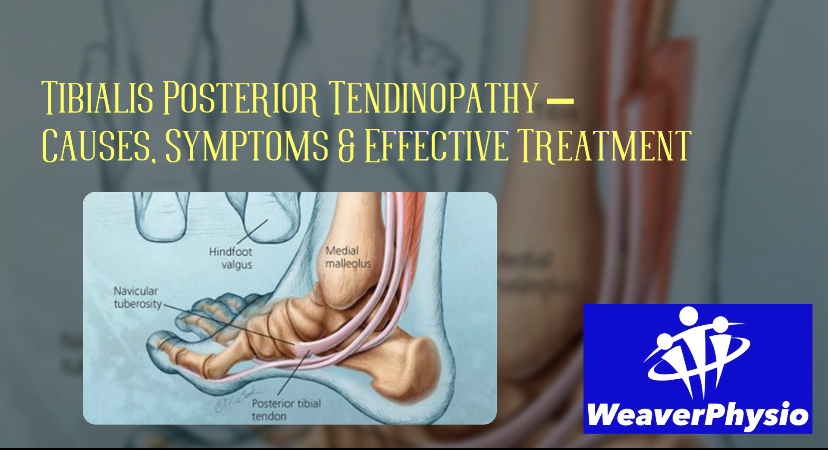7 Ways to prevent Hamstring Injuries
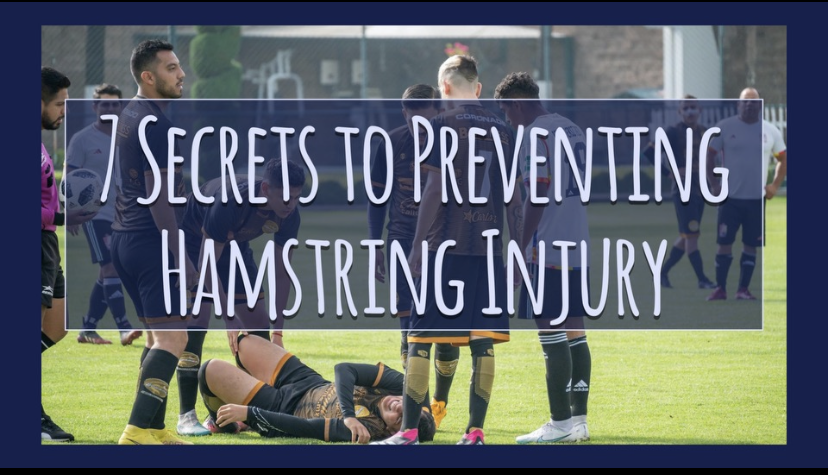
7 Secrets to Preventing Hamstring Injuries
Hamstring strains are among the most frustrating injuries in sport, not only because they take time to heal, but also because they have a high recurrence rate. Once injured, the risk of re-injury increases, making proper rehabilitation essential. However, the best approach is prevention—and the good news is that with the right strategies, you can significantly reduce your risk of hamstring injuries.
Research has identified key risk factors, some of which are unavoidable, but others can be addressed to lower the likelihood of injury. The two most important areas to focus on are:1. Strengthening your hamstrings2. Improving flexibility in the muscles and surrounding structuresHere are seven essential secrets to keeping your hamstrings healthy and injury-free:
1. Improve Your Lower Back Mobility
The nerves that control the hamstrings originate from the lower back, meaning that limited mobility in this area can contribute to hamstring tightness and dysfunction. Many people with hamstring strains also experience lower back discomfort, whether it’s mild tightness or more serious issues like a bulging disc.
Poor posture, prolonged sitting, and bad ergonomics at work can all impact back mobility, ultimately affecting hamstring function. Since the hamstrings, glutes, and back muscles work as a unit, keeping your lower back flexible and strong is essential. If you suffer from back issues, a physiotherapist can provide targeted treatment, exercises, and ergonomic advice to support hamstring health.
2. Release Tight Glutes
If you’ve been training hard—whether in pre-season or just increasing your activity level—your glutes (buttock muscles) can develop tight knots known as trigger points. These can cause referred pain into the hamstrings, reducing flexibility and increasing injury risk.
Since the hamstrings and glutes work closely together, keeping the glutes loose and mobile is key. Deep tissue massage and trigger point therapy can help release tension, maintaining optimal function and reducing strain on the hamstrings.
3. Keep Your Nerves Moving Freely
The nervous system is highly interconnected, and restrictions in the back and glutes can affect nerve mobility. When nerves become restricted, it can lead to neural tension, which may feel like stiffness down the back of the legs. This can cause the hamstrings to “misfire,” making them more susceptible to injury—similar to a car engine misfiring.
To keep your nervous system functioning properly, regular nerve glides and mobility work should be part of your routine. Addressing back and glute tightness, as discussed above, also helps ensure your nerves can move freely.
4. Strengthen Your Hamstrings the Right Way
A common cause of hamstring injuries is muscle imbalance. This can include:• A strength difference between the left and right hamstring• Weakness in the hamstring at specific angles• An imbalance between the quadriceps (front of the thigh) and hamstringStrong hamstrings are essential, but strength must be built throughout the muscle’s full range of motion, particularly when the muscle is lengthened. The L-Protocol (Askling) and Nordic Hamstring Curls have been proven to reduce injury risk in clinical studies. These advanced exercises should be done under the guidance of a trainer or physiotherapist to ensure correct technique.
5. Prioritise Recovery
Fatigue is a major contributor to hamstring strains. Whether it’s immediate fatigue during a workout or cumulative fatigue from increased training over several weeks, tired muscles are more vulnerable to injury.
To prevent this, you need a structured recovery strategy. Simple but effective methods include:•
Good nutrition to support muscle repair
Cold water immersion (e.g. ice baths, swimming in a cold pool) to reduce inflammation
Quality sleep to allow muscle recovery and adaptation
Sports massage to relieve tension and maintain muscle health. Recovery isn’t just about taking days off—it’s about optimising your body’s ability to handle increased training loads.
6. Never Skip Your Warm-Up
A proper warm-up prepares your body for exercise by gradually increasing blood flow, heart rate, and muscle elasticity. This helps prevent sudden strain on the hamstrings when you start training.
An effective warm-up should not be static stretching alone. Instead, it should include:
Dynamic movements such as jogging, lateral shuffles, and agility drills
Progressive sprints to get your muscles firing•
Specific nerve glides and mobility exercises to prepare your nervous system. Research, such as the FIFA 11+ warm-up programme, has shown that structured warm-ups significantly reduce injury rates over a season.
7. Master the Nordic Hamstring Curl
If there’s one gold-standard hamstring strengthening exercise, it’s the Nordic Hamstring Curl. This eccentric exercise trains the hamstrings while they are lengthening, which is exactly how most hamstring injuries occur. Studies suggest that incorporating Nordic Hamstring Curls into training can reduce hamstring injuries by up to 80%.
However, because this exercise is intense, it should be performed correctly and progressively. It’s recommended to seek guidance from a physiotherapist or trainer to ensure safe execution.
The Final Word
While the Nordic Hamstring Curl is a key exercise for hamstring injury prevention, no muscle works in isolation. A well-rounded approach that includes strength training, mobility work, and proper recovery is essential.
If you’re struggling with recurring hamstring issues, a physiotherapist can assess your movement patterns, provide targeted treatment, and develop a personalised plan to keep you injury-free.
By implementing these seven key strategies, you can dramatically reduce your risk of hamstring strains and keep your body performing at its best.
